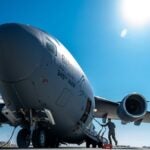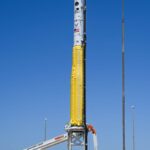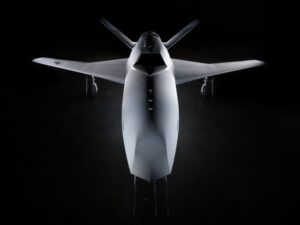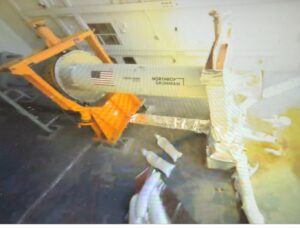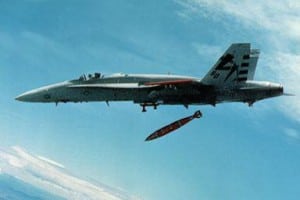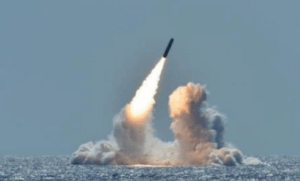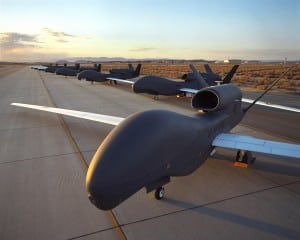
The Air Force is suffering a disconnect in full motion video (FMV) intelligence, surveillance and reconnaissance (ISR) requirements because it doesn’t have a good way to the determine the value of additional combat air patrols (CAP), according to a key general. Air Force Deputy Chief of Staff for ISR (A2) Lt. Gen. Robert Otto said Monday the service back in 2006, at the height of two wars, was meeting 54 percent of combatant commanders’ requirements for FMV with 11 CAPs.…


